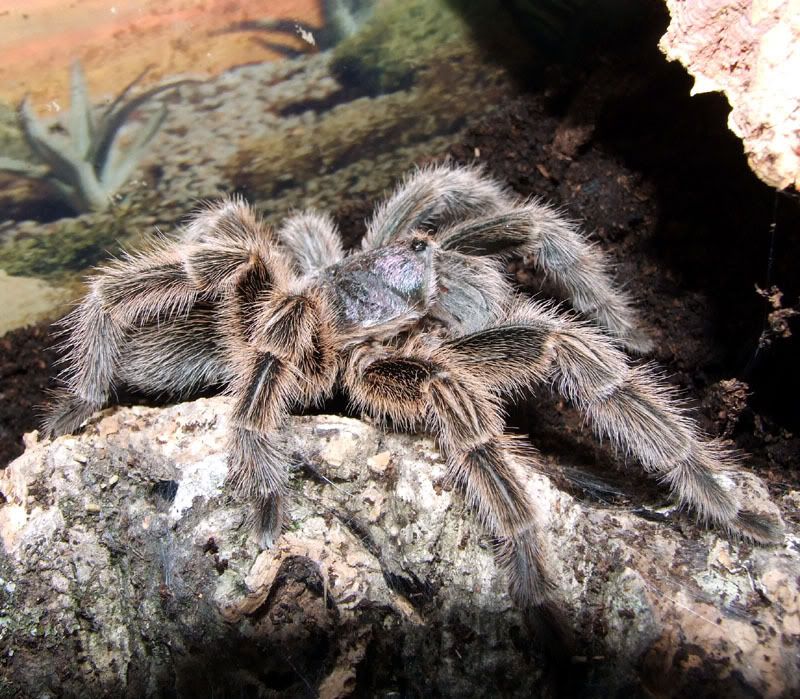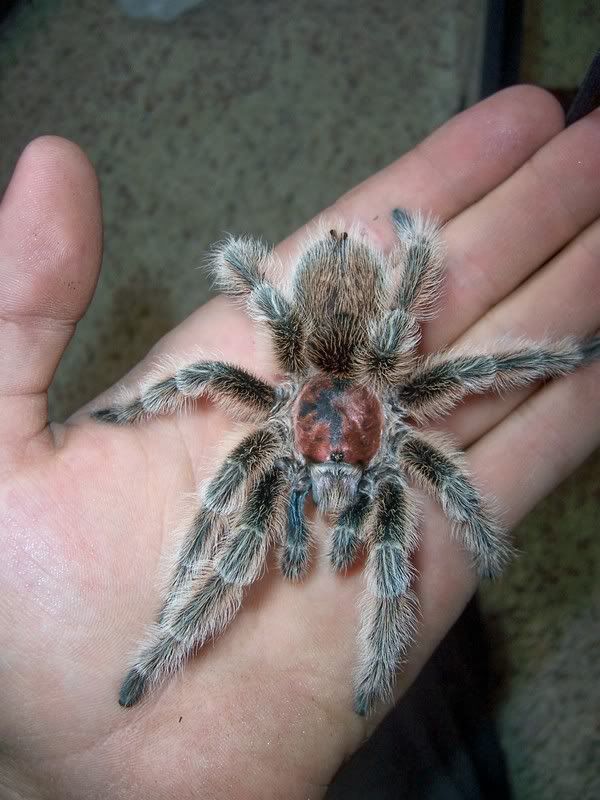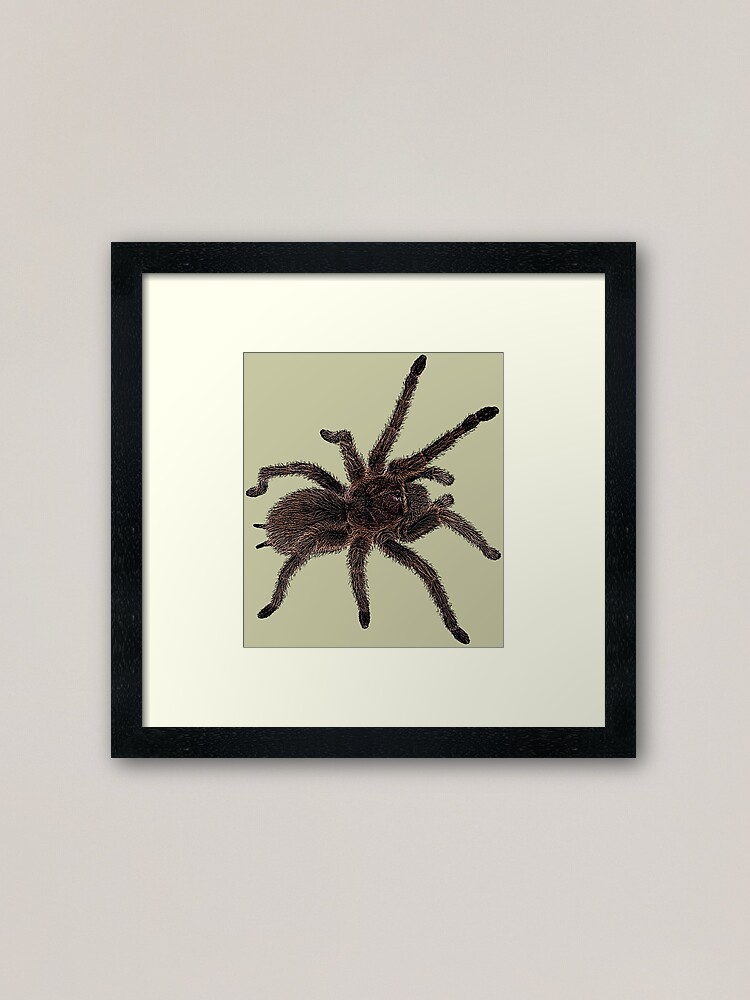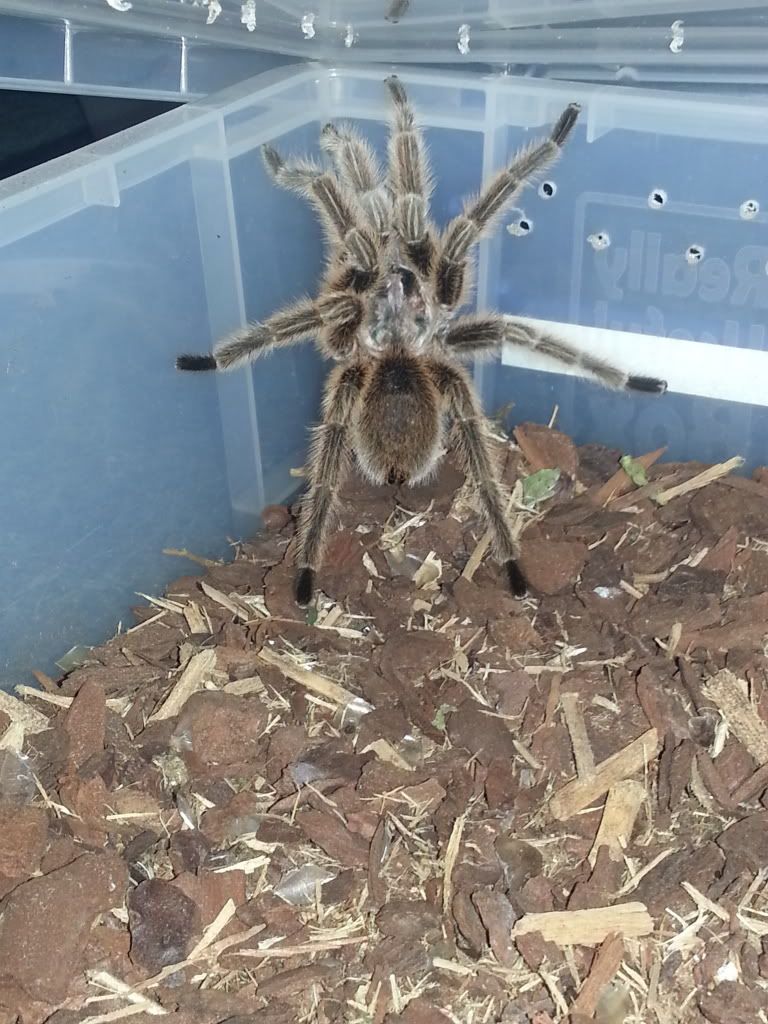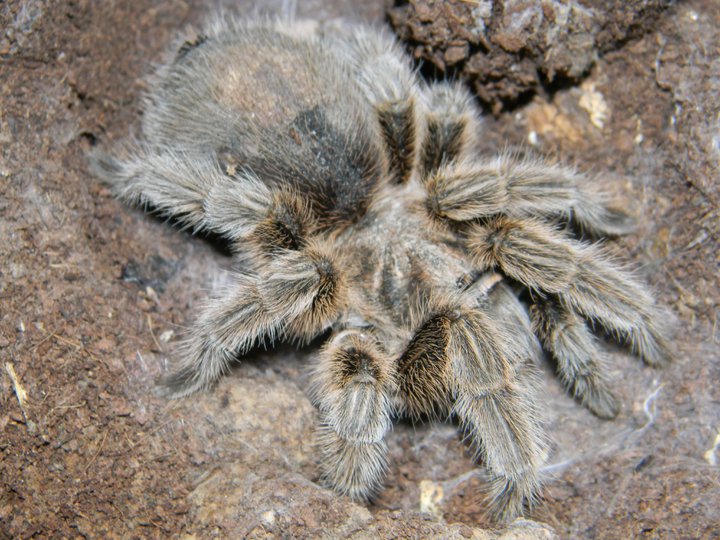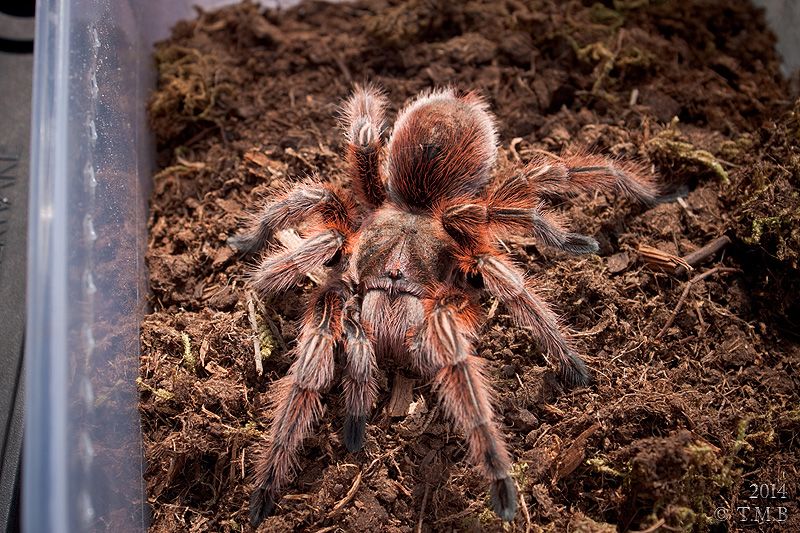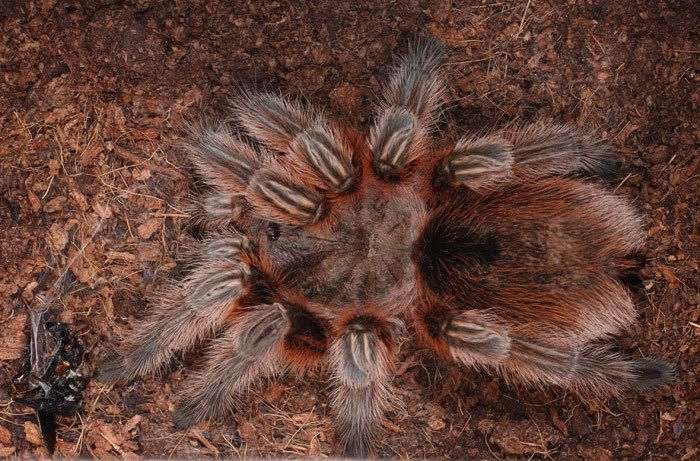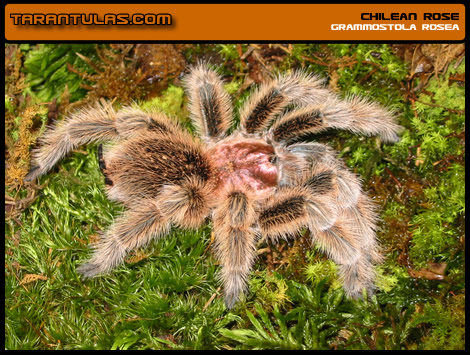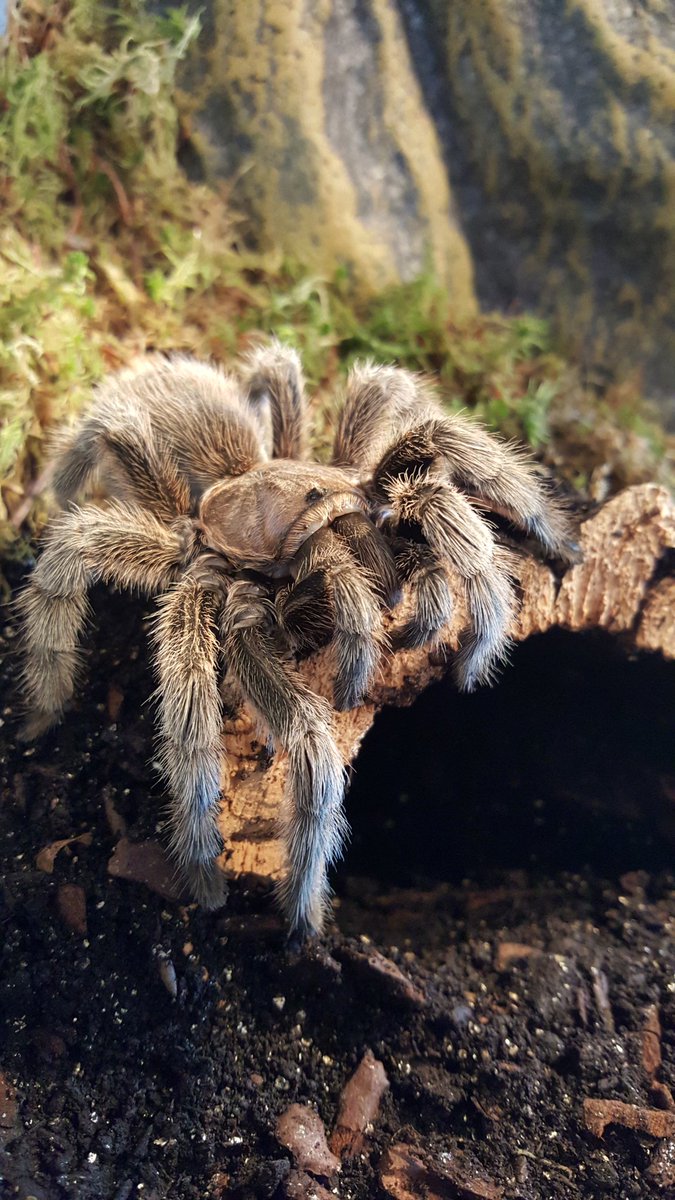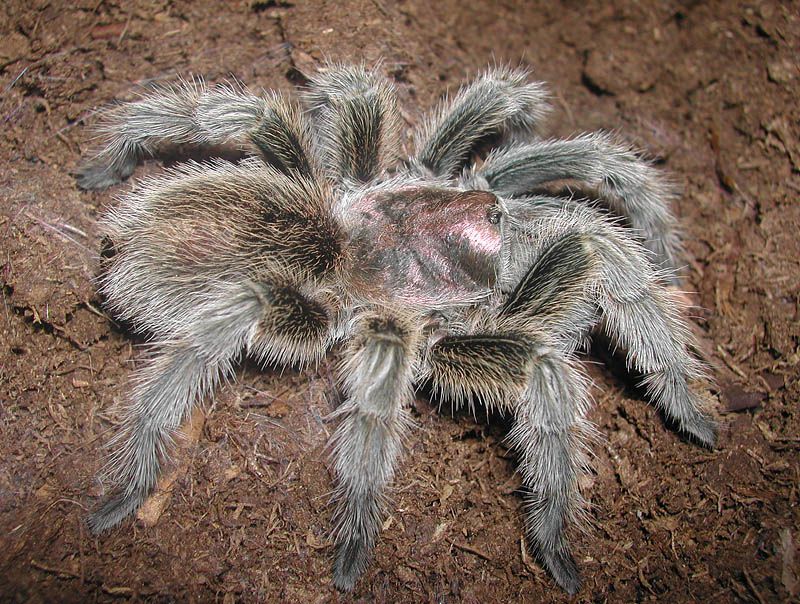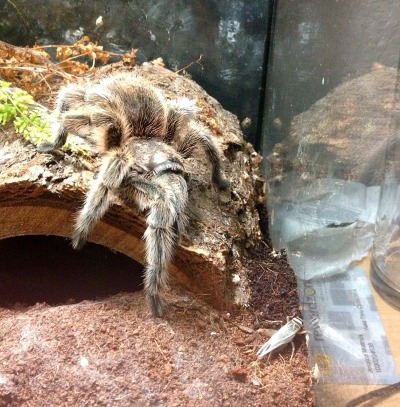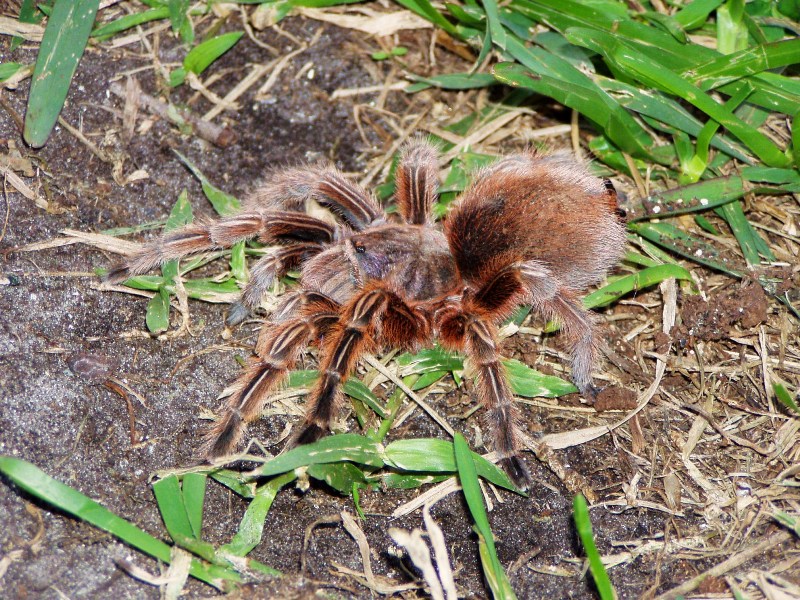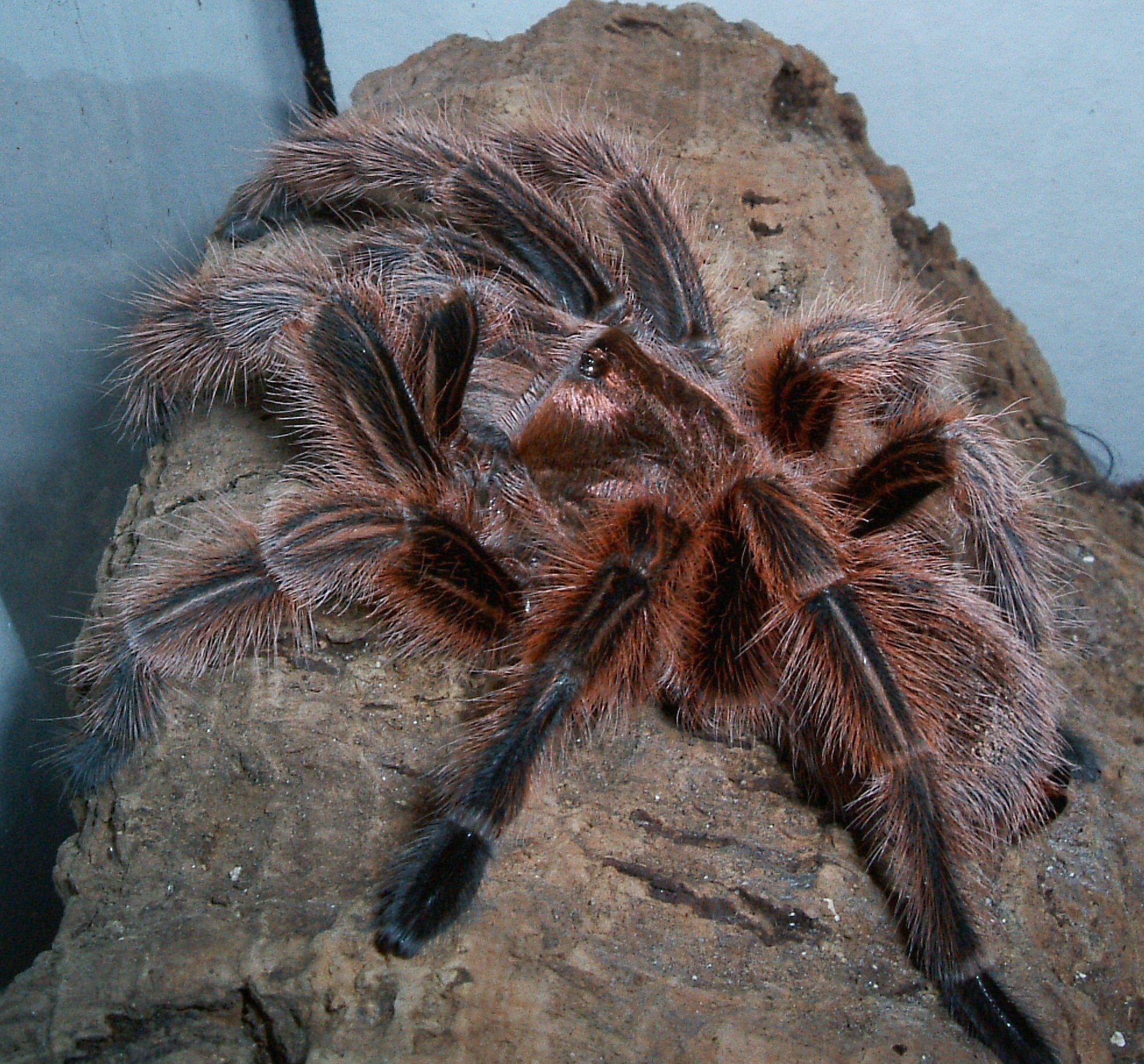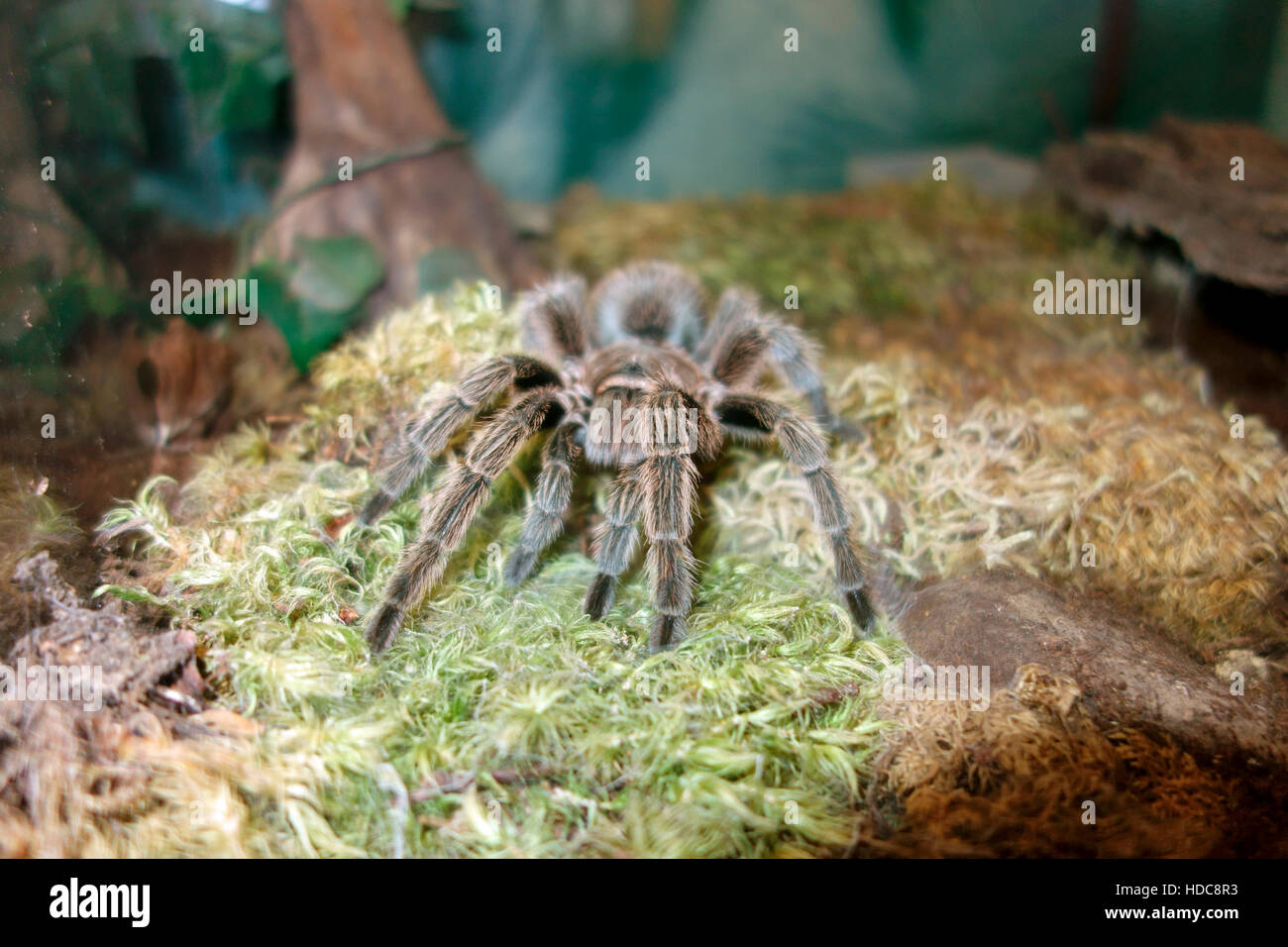G Rosea
Pet shops usually always recommend a g.

G rosea. Grammostola rosea described by baron charles athanase waclkenaer 1837 this spider was previously named phrixotrichus spatulata that name is now assigned to another species. Grammostola rosea walckenaer 1837 also known as chilean rose tarantula is a neutral but very beautiful chilean species with a rather docile temperamentthe name however grammostola rosea remains problematic because the original type description is at best vague and the type material is lostsubsequently plenty of reddish chilean birdeaters in the hobby were called. This species also has a more intense red over the legs than the common rose hair and is a very handsome looking t. Rosies are notorious for long extensive fasts.
Motherfucker just bit his water dish when i tried to take it out of his cage so i could. Often the nose cheeks forehead and chin are most involved. It results in redness pimples swelling and small and superficial dilated blood vessels. Characteristics of the chilean rose physical description.
Rosea eating a skink. Pityriasis rosea is a common self limiting rash that usually starts with a herald patch on the trunk and progresses along the langer lines to a generalized rash over the trunk and limbs. Rosea as a begginner t because theyre usually calm docile and cheap. Here i was thinking i was crazy because my g.
Rosea is a common pet of tarantula hobbyists. The physical appearance in the chilean rose tarantula is split into 3 categories of color. My common rose hair grammostola porteri has fasted for two years on one occasion. Rosacea is a long term skin condition that typically affects the face.
A red enlarged nose may occur in severe disease a condition known as rhinophyma. Rosea started off as a chill chilean hurhur but after a while became more and more aggressive. Edit it seems that people have been using this thread in a lot of facebook groups every time the difference between g. Females have been known to live as long as 20 years but due to the limited time they have been available on the market and hence for extensive study they may live considerably longer than 20 years.
Porteri has more well defined lyra on the retrolateral palpal coxa and prolateral coxa of leg i than g. I have kept the g. Rosea species for nine 9 years and it has never stopped eating unless it was in premolt. Supposedly the main taxonomical difference between the two species is that g.
The cause of rosacea is unknown. Risk factors are believed to include a family history.
